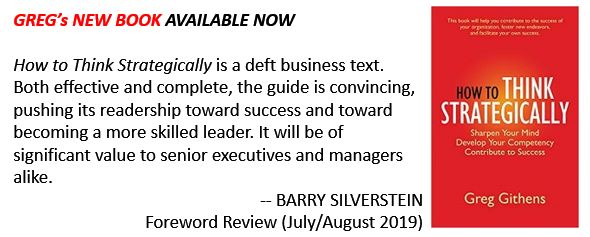It’s an inconvenient truth that many executives are lost, unable to grasp the essential concepts of strategy, crafting it, or conveying it to others.[i] In addition to orientation, maps help you frame and answer questions like these:
· Where could I go?
· Where should I go?
I like to use the analogy of comparing conceptual maps with conventional (spatially organized) maps. Both can be used for orientation (knowing where you are) and navigation (knowing where you could go or where you should go). Any mental map can be normative (describing what should be) or descriptive (representing what is).
Landmarks are salient features, and the concept of landmarks-as-navigational-beacons is a fundamental message of this book. A landmark that gives you a broader reference, such as a lighthouse marking the entrance to a harbor, is a navigational beacon in the physical world. As I discuss in the next chapter, an operational thinking map has a set of landmarks (that is, navigational beacons) that are distinct from the landmarks of strategic thinking.
Besides navigational beacons, three other mapping concepts enhance the analogy of a physical map and conceptual map. They are the presence of orientation cues (helping you know where you are), associative cues (helping you know if there are other nearby points of interest), and boundaries (helping you recognize your frame of reference).[ii]
Individuals have multiple maps, and they organize their maps differently. Since organizations are collections of individuals, they likely have numerous individual mental maps. Organizational culture will encourage consistency in an individual’s mental map. However, the organization’s culture is also a force of conformity that suppresses weak signals of discontinuities.
With the idea of multiple maps, you can pose questions that inform your strategic thinking:
· What are the boundaries of the map?
· What are the salient features on the map?
· What maps are others using?
· How do I know when to change maps?
Strategic thinking benefits from collaboration. The practice of conceptual mapmaking can help generate better understandings of the situation and the logic for improving the organization.
.…The above is an excerpt from Chapter 4 of How to Think Strategically, available at all major booksellers. The book’s big idea is that strategic thinking is an individual competency that can be recognized and developed. As individuals steadily improve their capacity to think strategically, the organization gains potential to craft strategy that is good, powerful, effective, clever, and nuanced.
“Greg Githens’ approach to strategic thinking offers a wealth of practical advice for the most season strategy about how to reason more clearly and with greater self-awareness about the often murky and discontinuous world in which we live.” Amy Zalman
This article originally appeared on LinkedIn with the title, How Map Making and Map Reading Can Improve Your Strategic Thinking.

